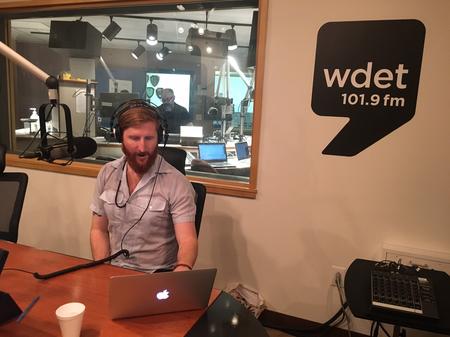How Personal Data and Algorithms Send People to Prison
Should we allow algorithms to sway the criminal justice system?


How much control do we give data and algorithms over our lives? Should they be able to determine how long an inmate stays behind bars?
These questions are at the heart of a recent New York Times article on a state supreme court case in Wisconsin, wherein the court upheld the six-year conviction of an incarcerated man based on a third-party algorithm computing a person’s likelihood of violence, recidivism, and pretrial risk. The inmate had no way of defending himself against the formula, as it was deemed confidential proprietary information. Studies later found the algorithm, Compas, to be racially biased, weighting inmates of color as more high risk than their white peers.
University of Michigan professor John Cheney-Lippold, author of We Are Data: Algorithms and The Making of Our Digital Selves, tells Detroit Today host Stephen Henderson data that processes patterns instead of real people can be dangerous tools.
“We should be as rigorous as possible in thinking through experiments and evaluations,” he says.
Cheney-Lippold points out the bias in algorithmic processing is largely unavoidable, even as authors write and rewrite formulas.
“There’s this computer science term called ‘garbage in, garbage out,’ that if you have racist policing data in the beginning, you’re going to get a racist output,” he says.
Barbara Levine, founder and associate director of policy and research at the Lansing-based Citizens Alliance on Prisons and Public Spending (CAPPS), also joins the show to speak more broadly on the problems associated with risk assessments in sentencing. Compas, for example, takes into account employment status, school discipline records, and past criminal history—all factors Levine says perpetuate a cycle of young Black males being charged with crimes more often.
“I mean unemployed, prior arrest, describes what, half of Black men in Detroit?” she asks. “You could be high risk and never have committed a violent crime.”
Click on the audio player above to hear the full conversation.
